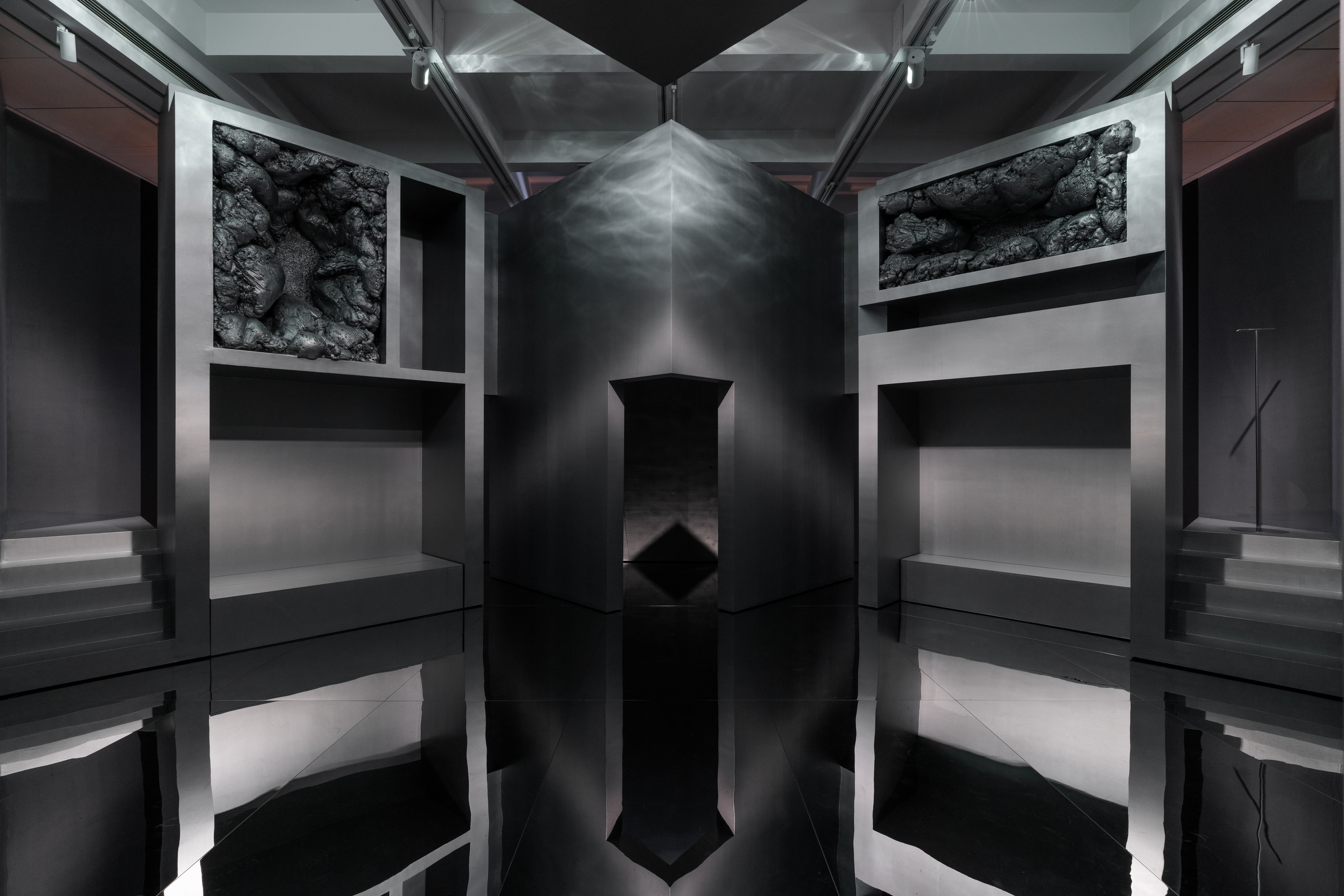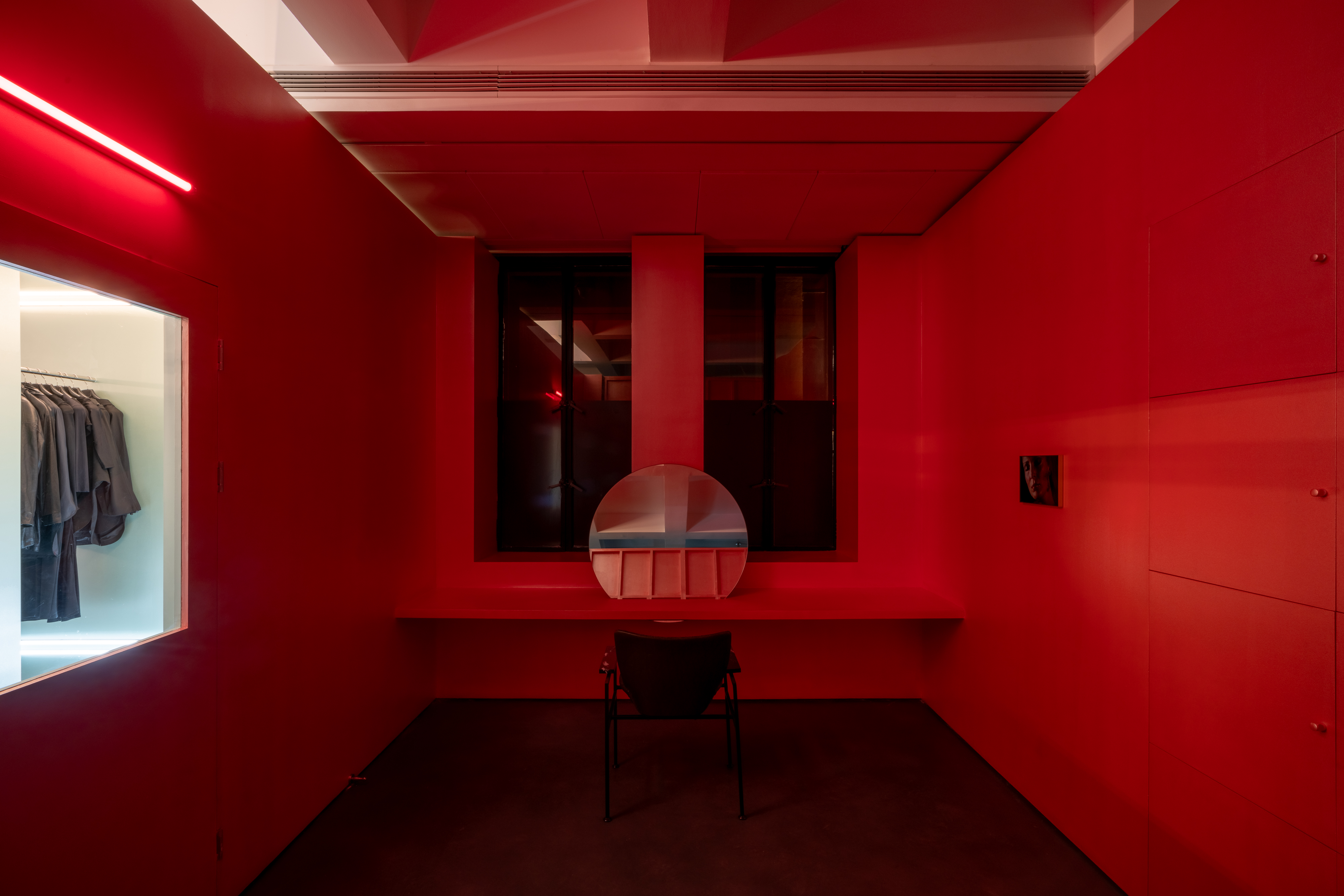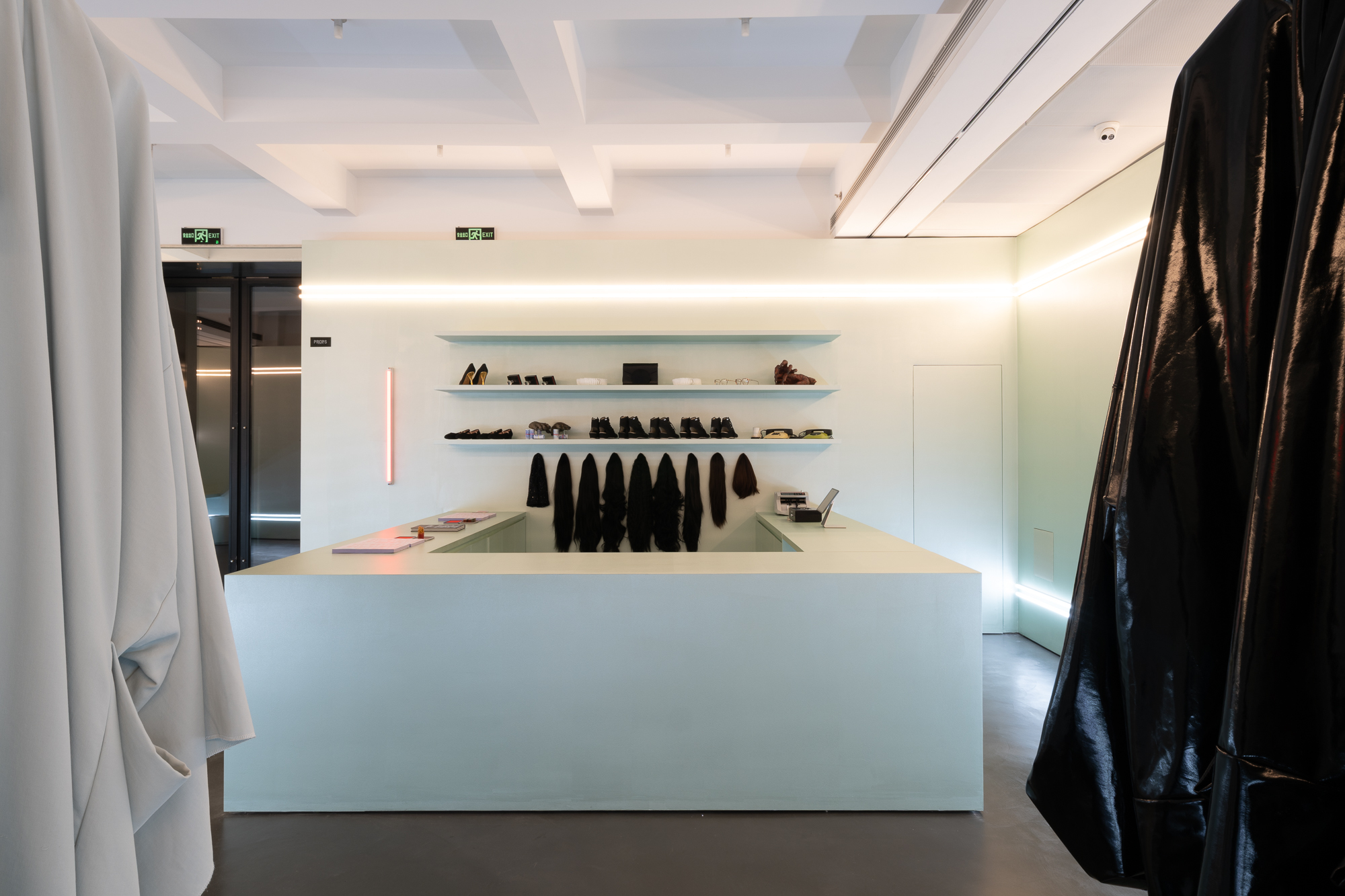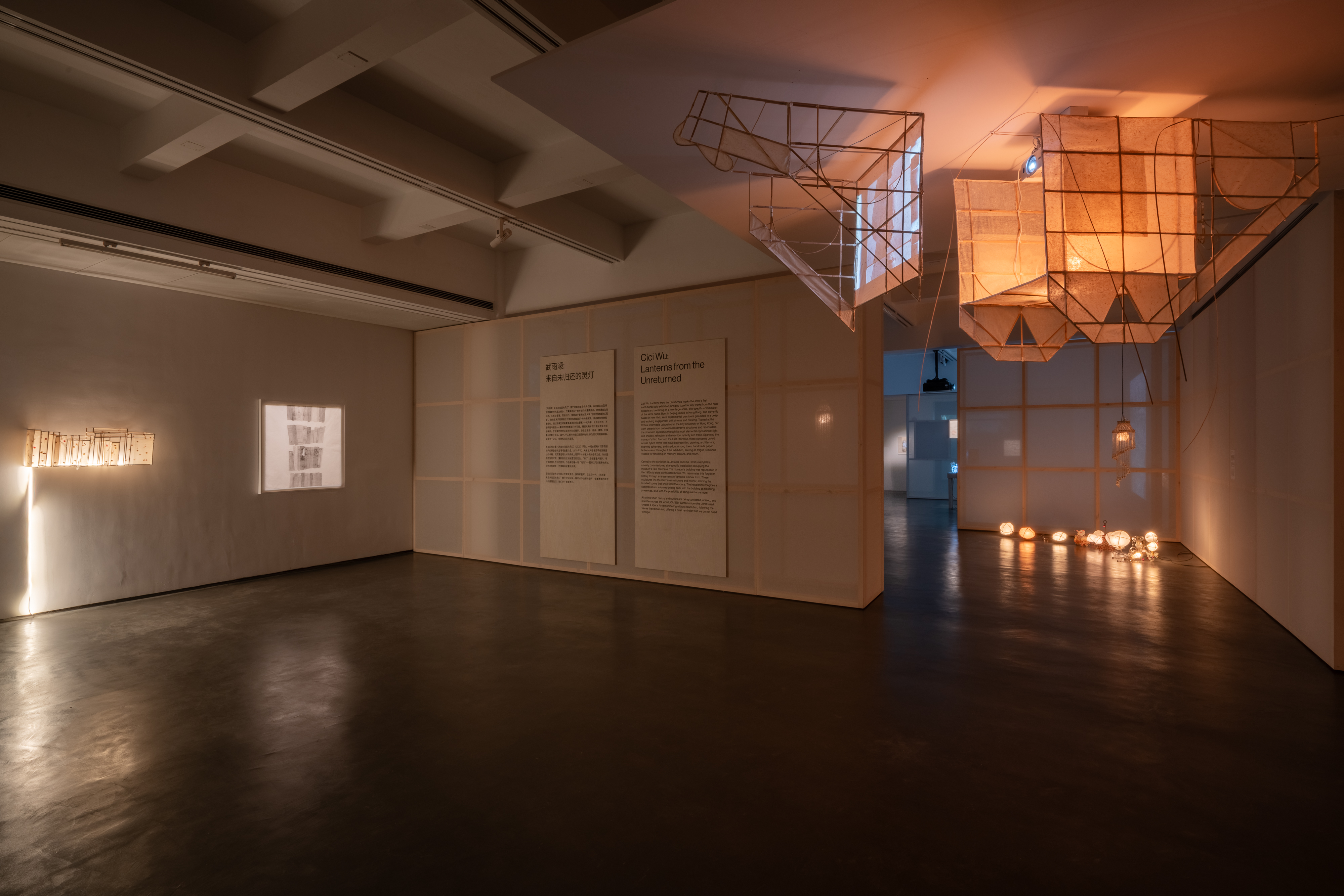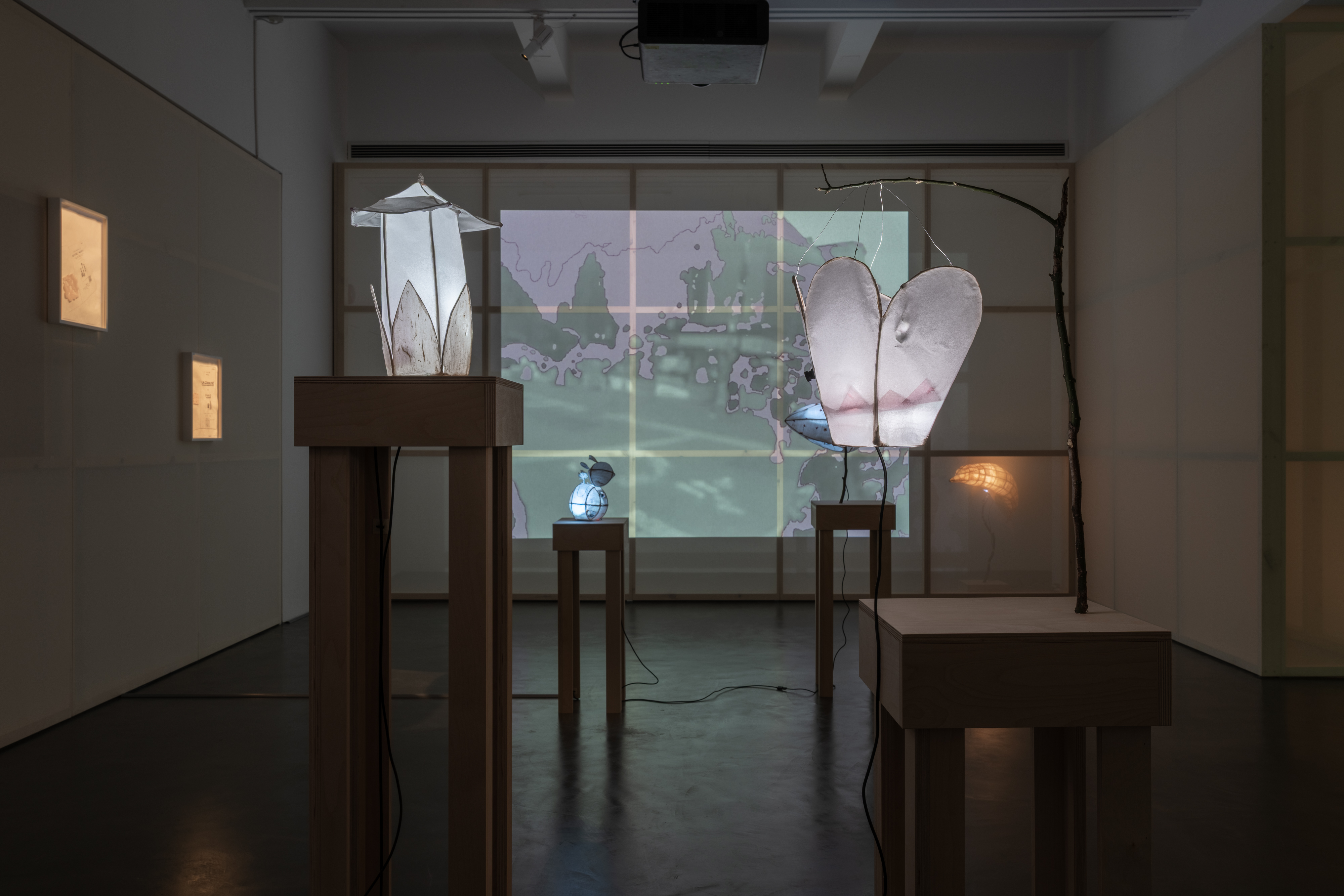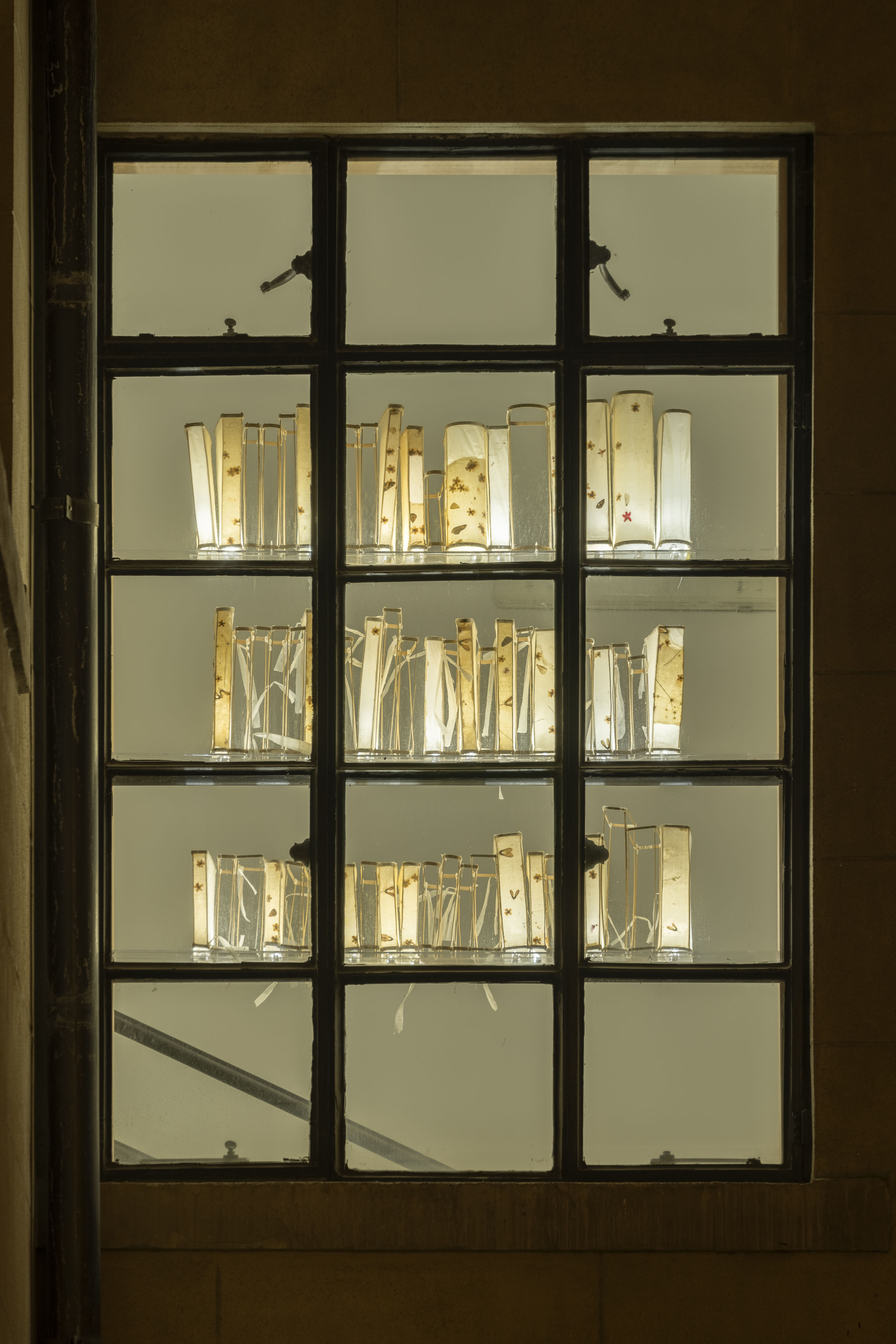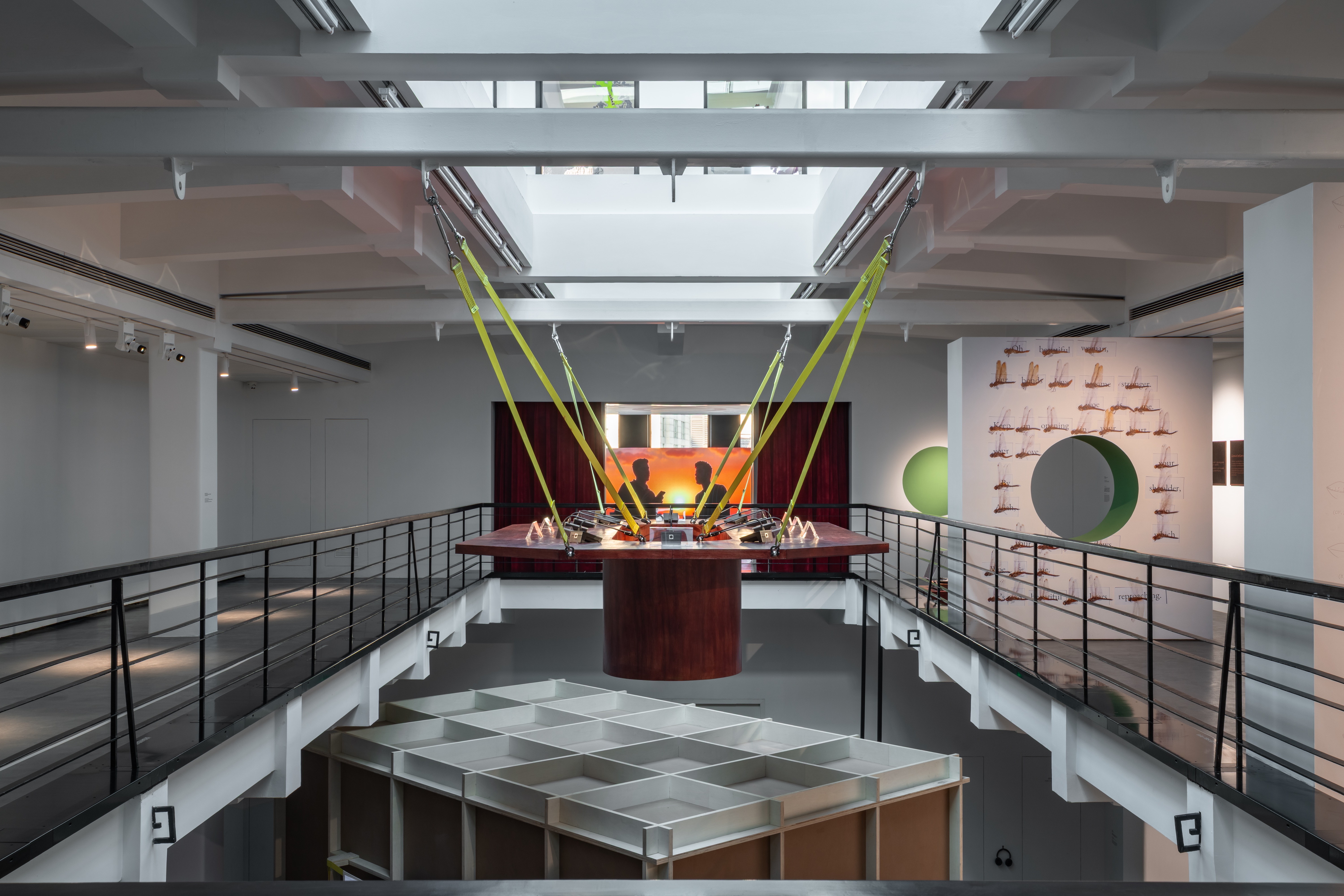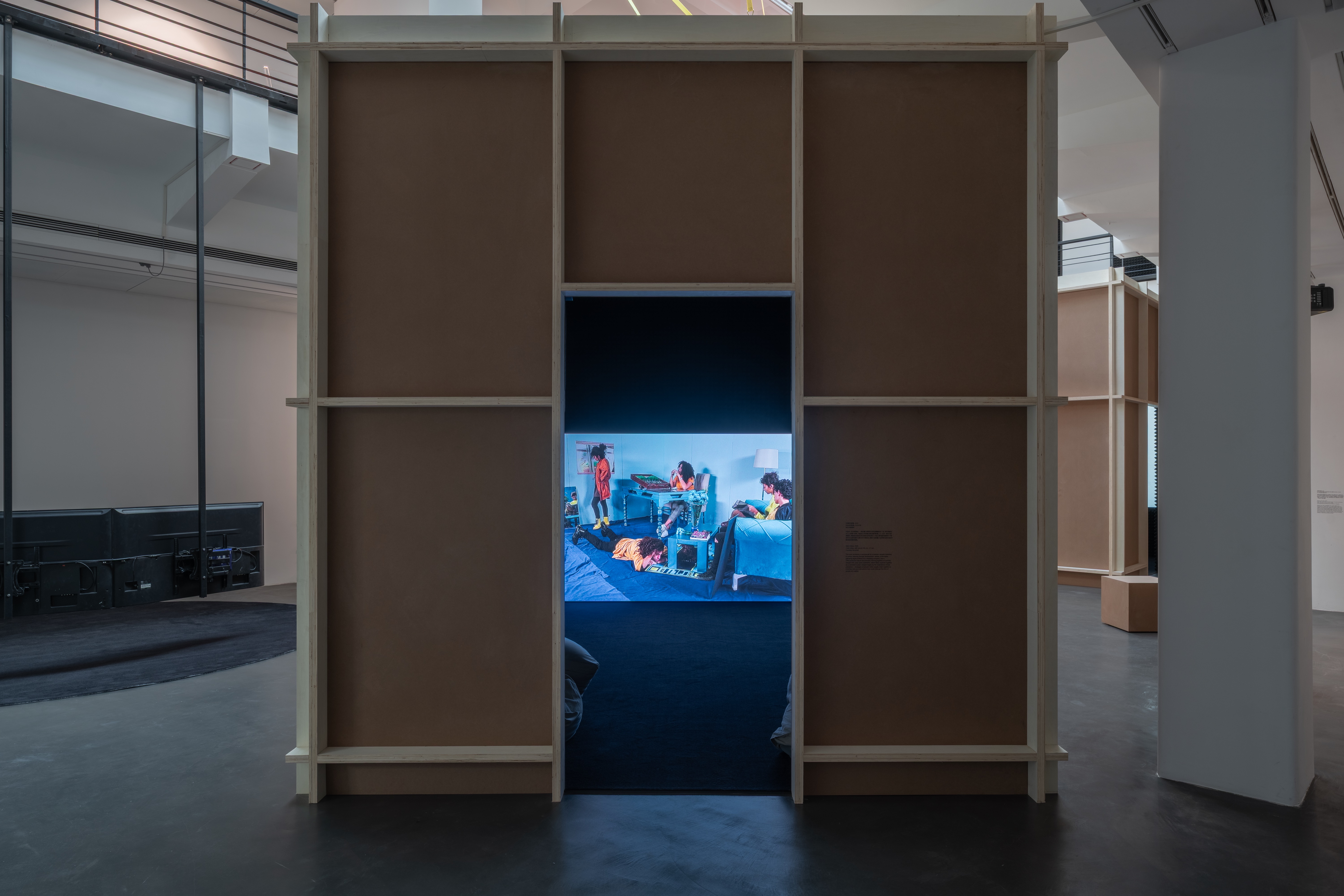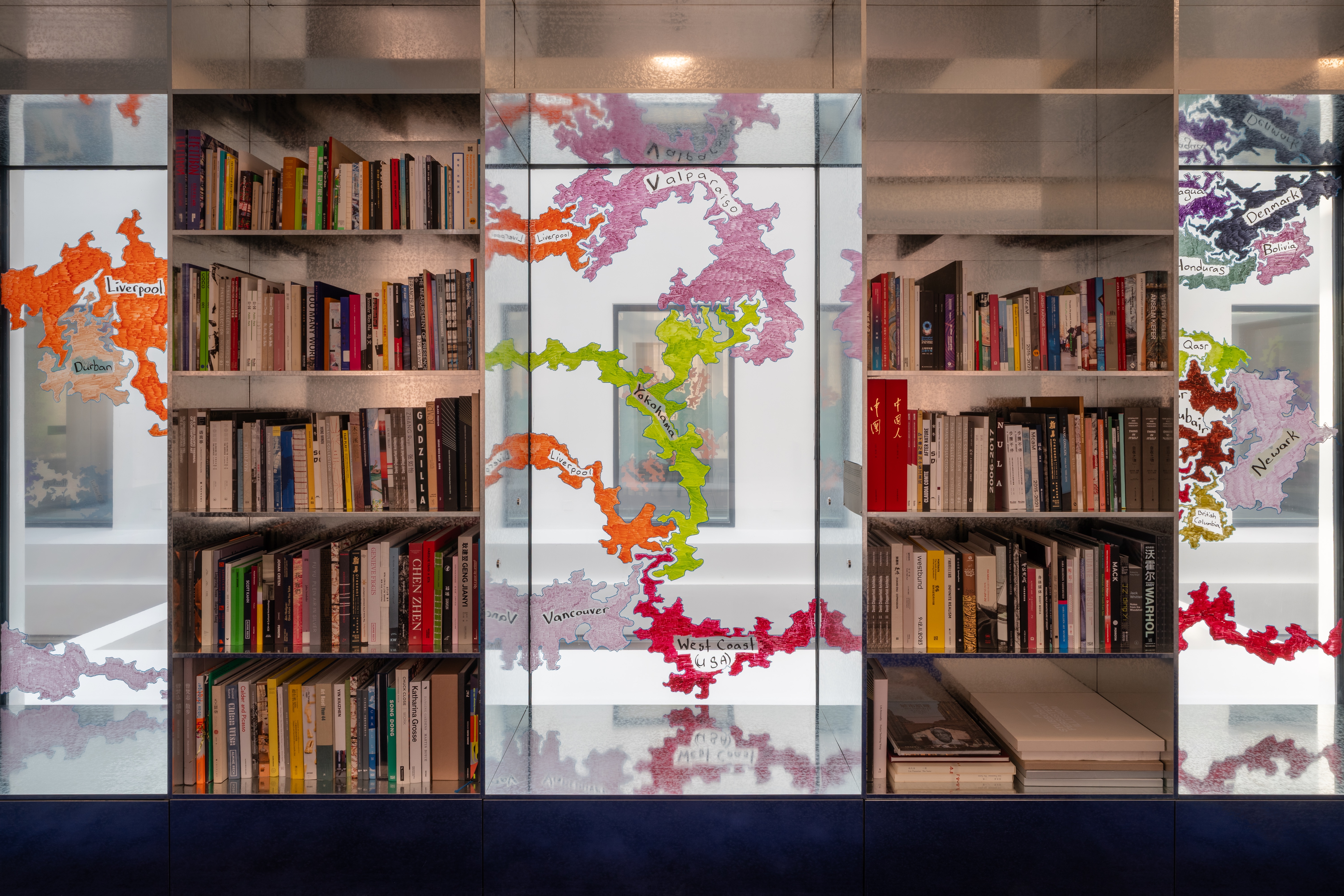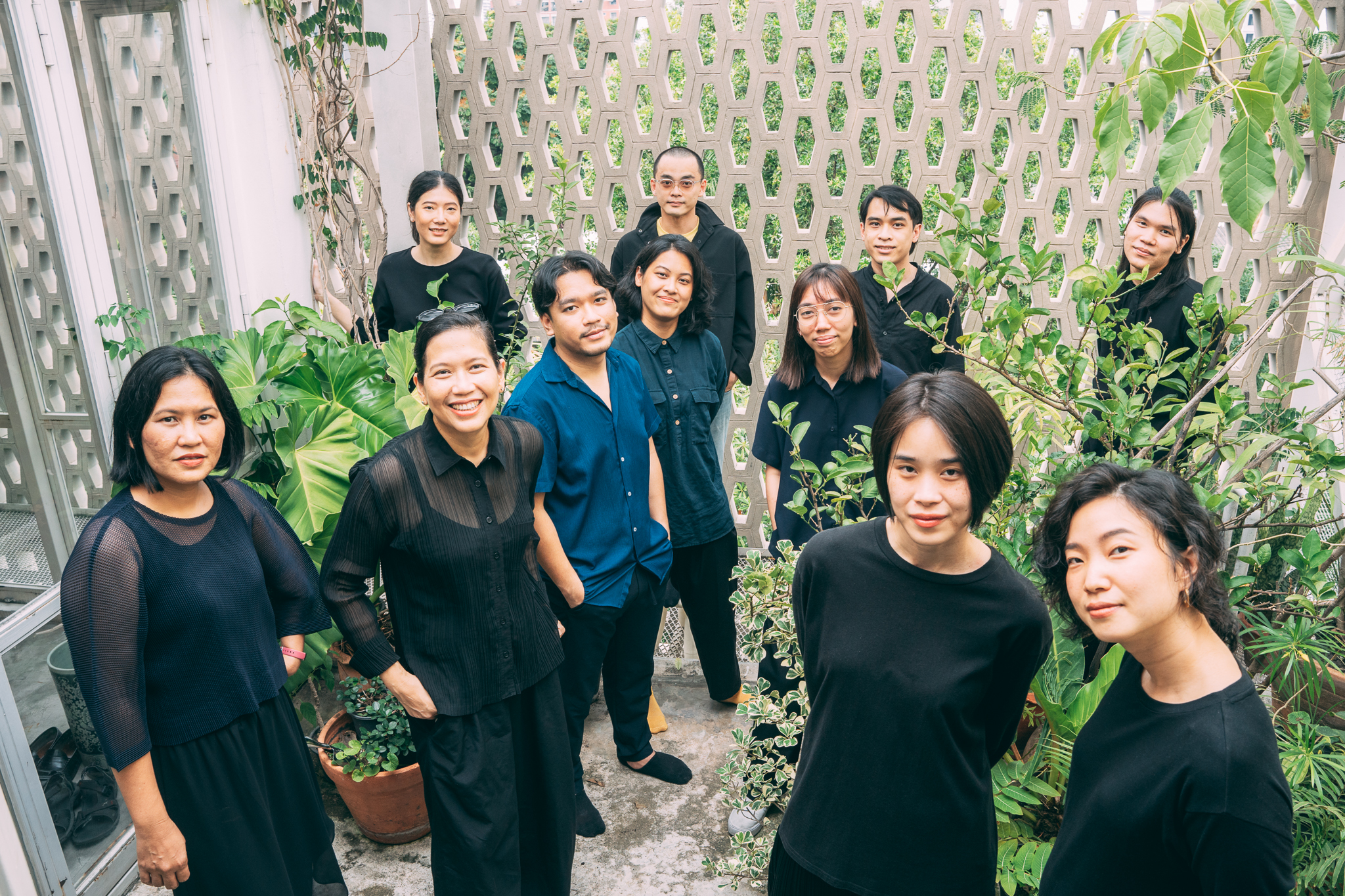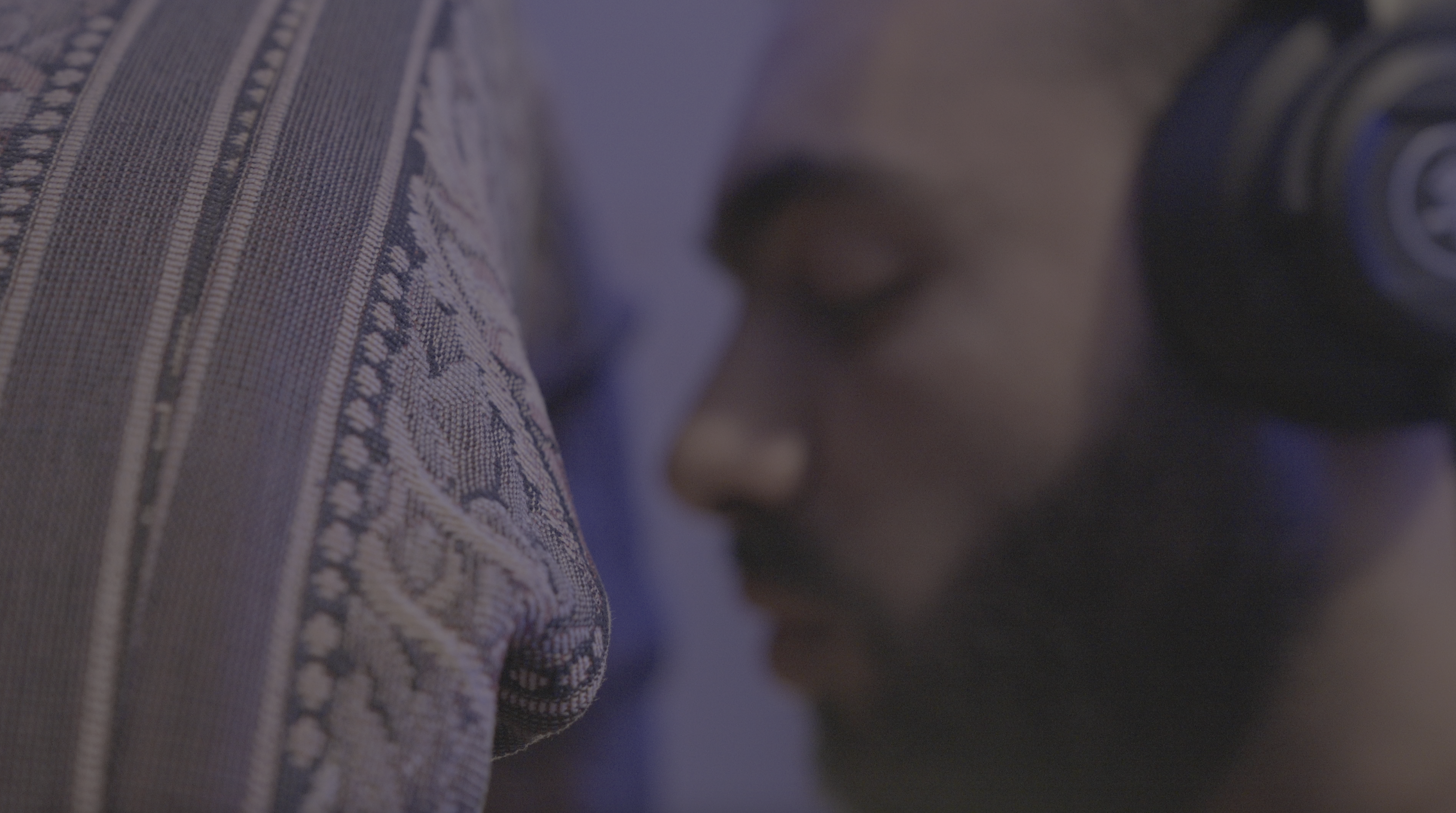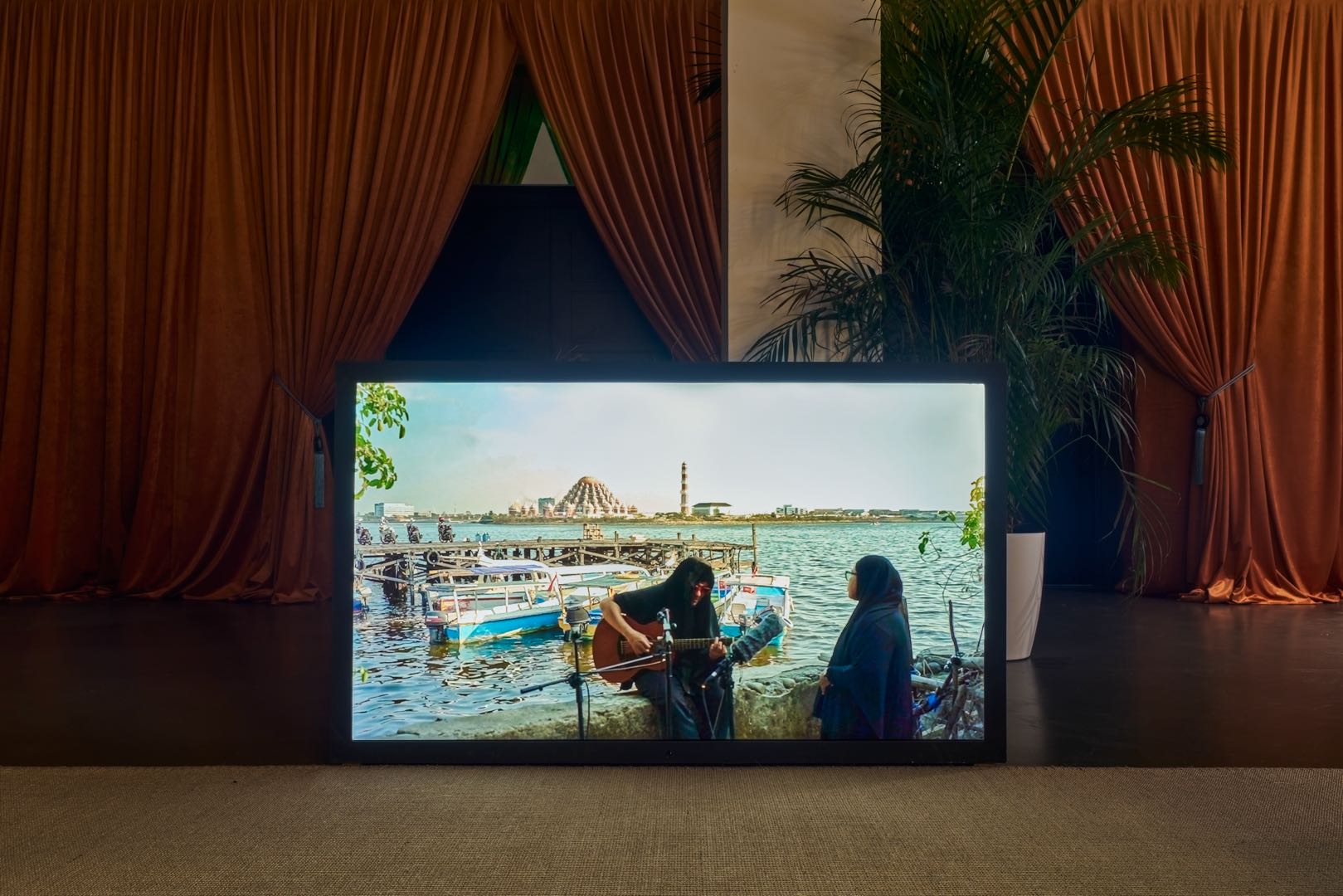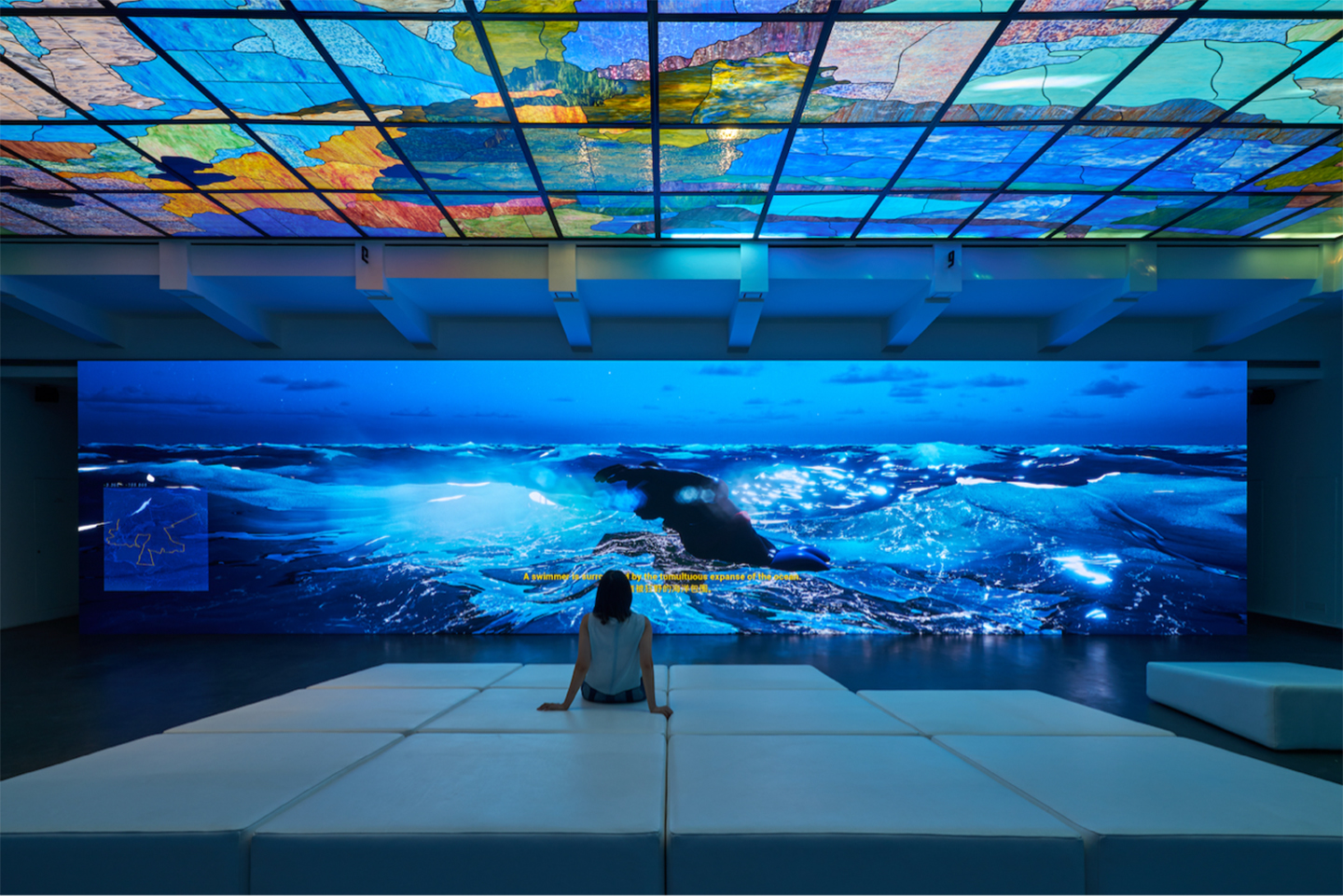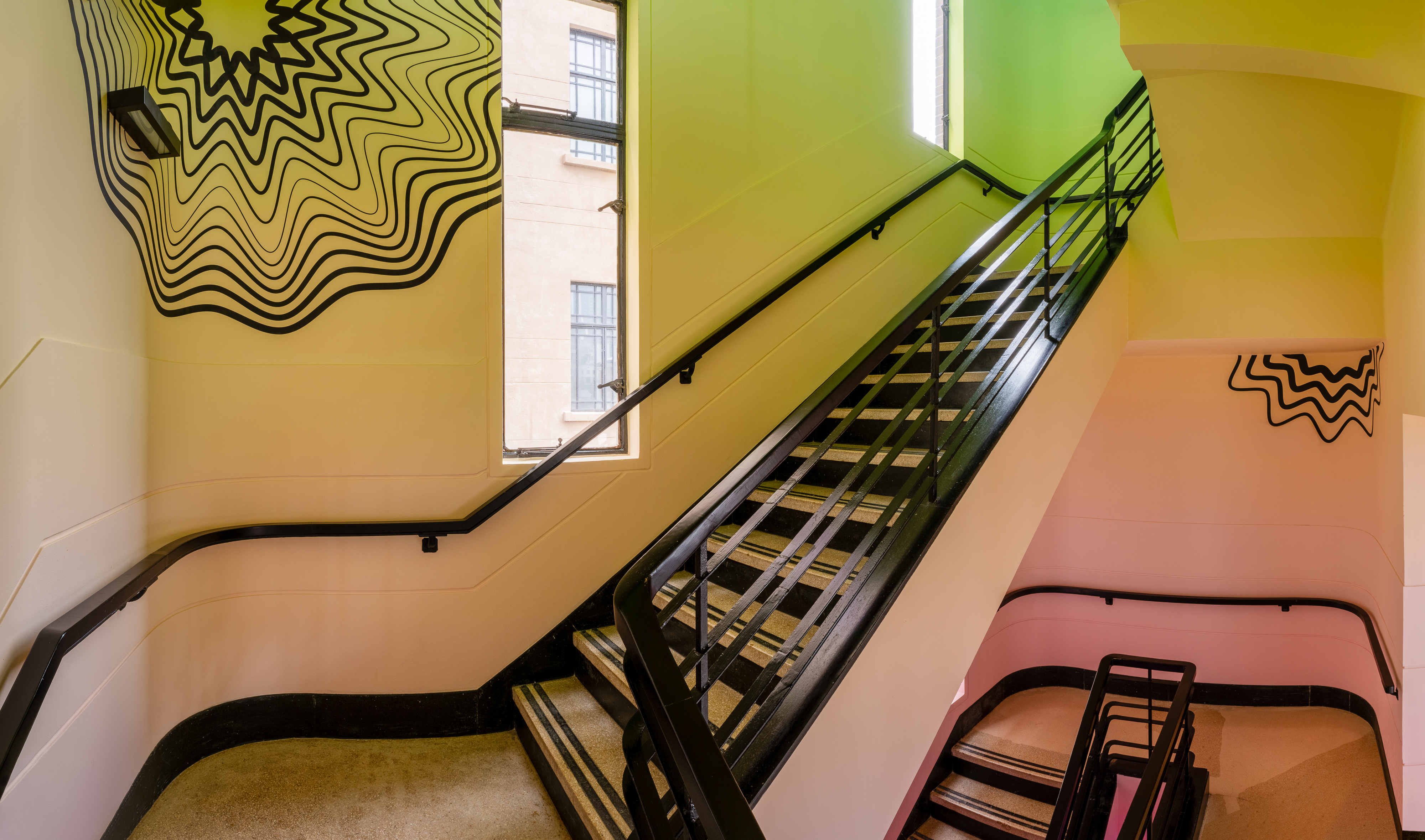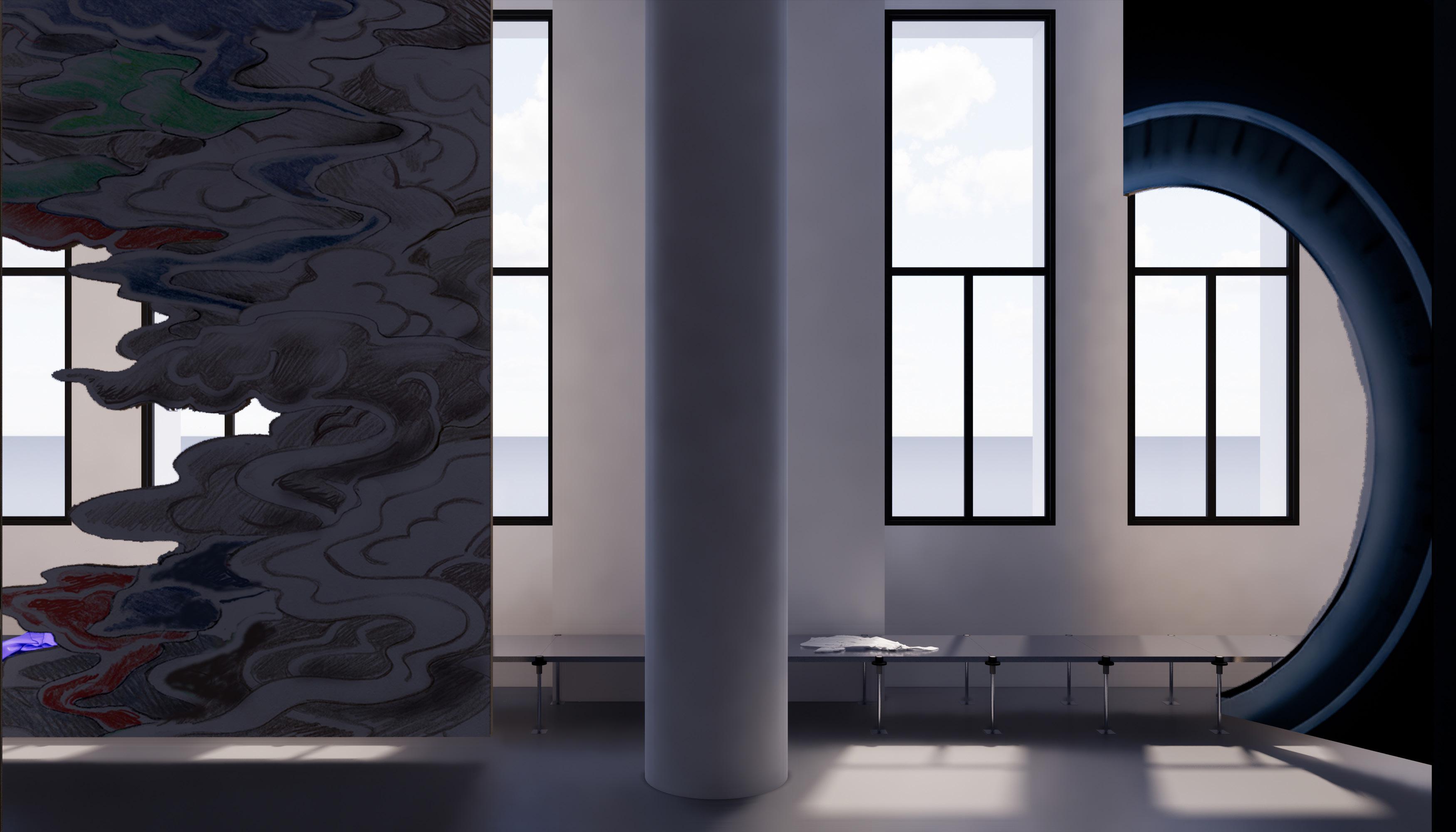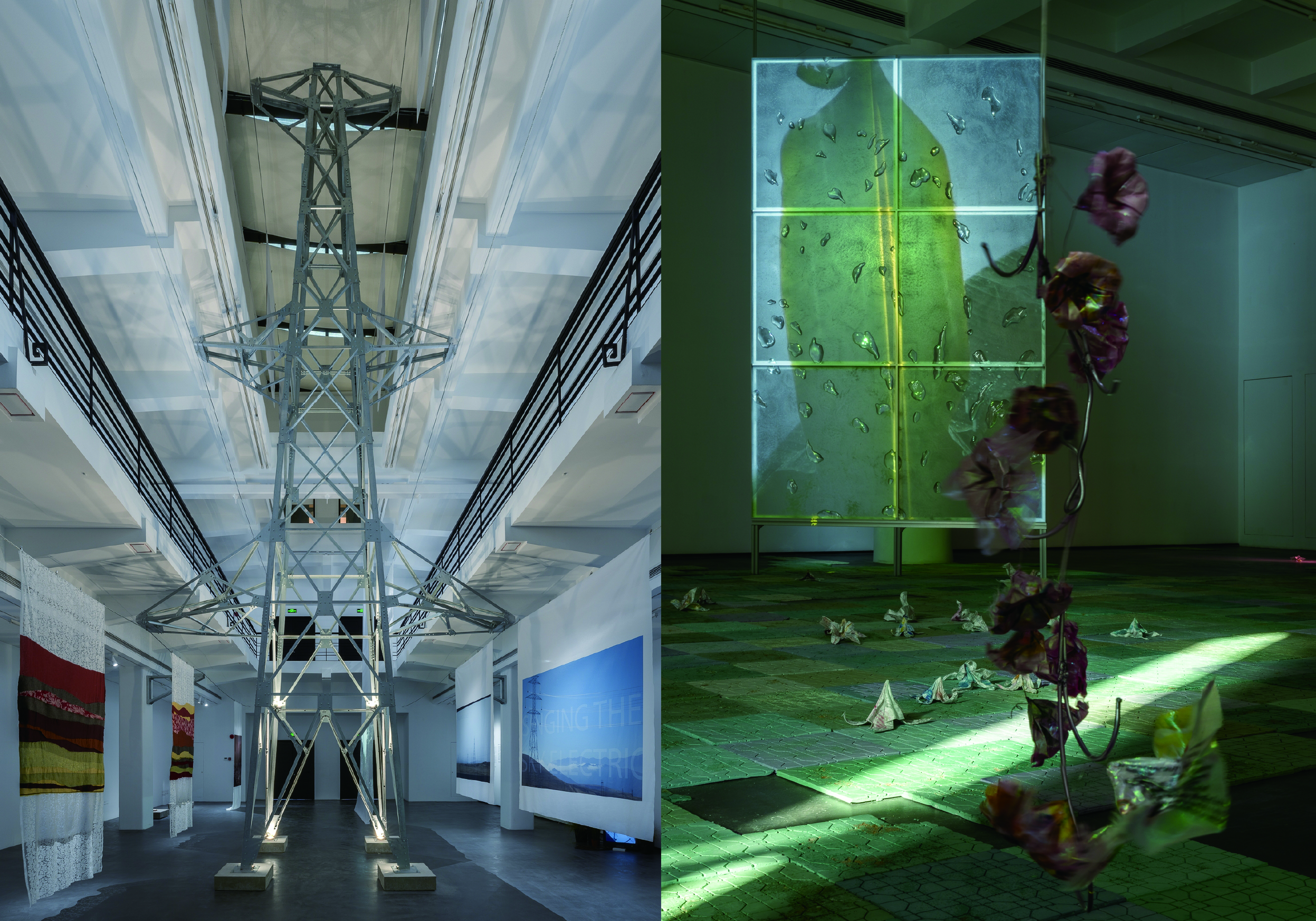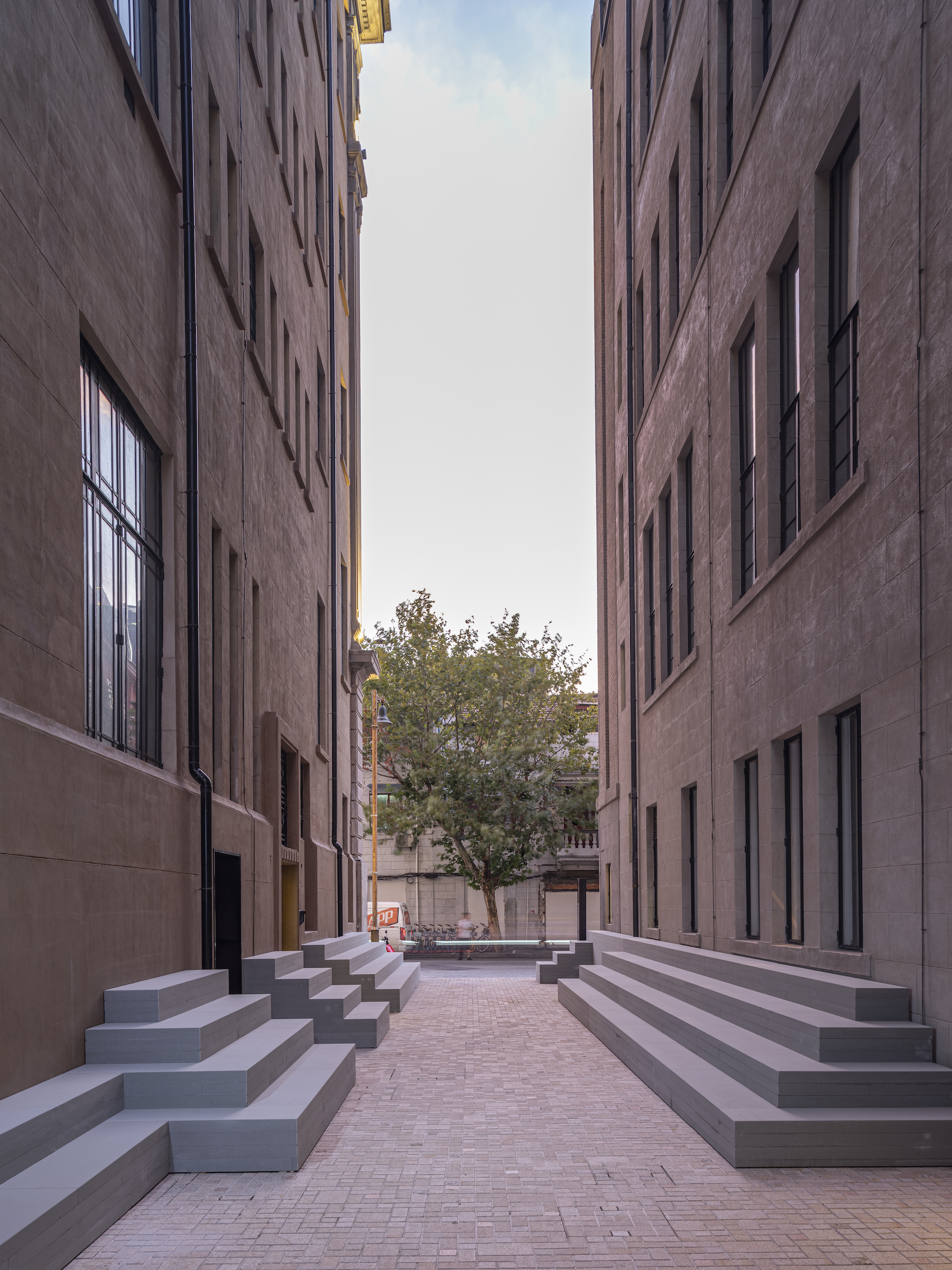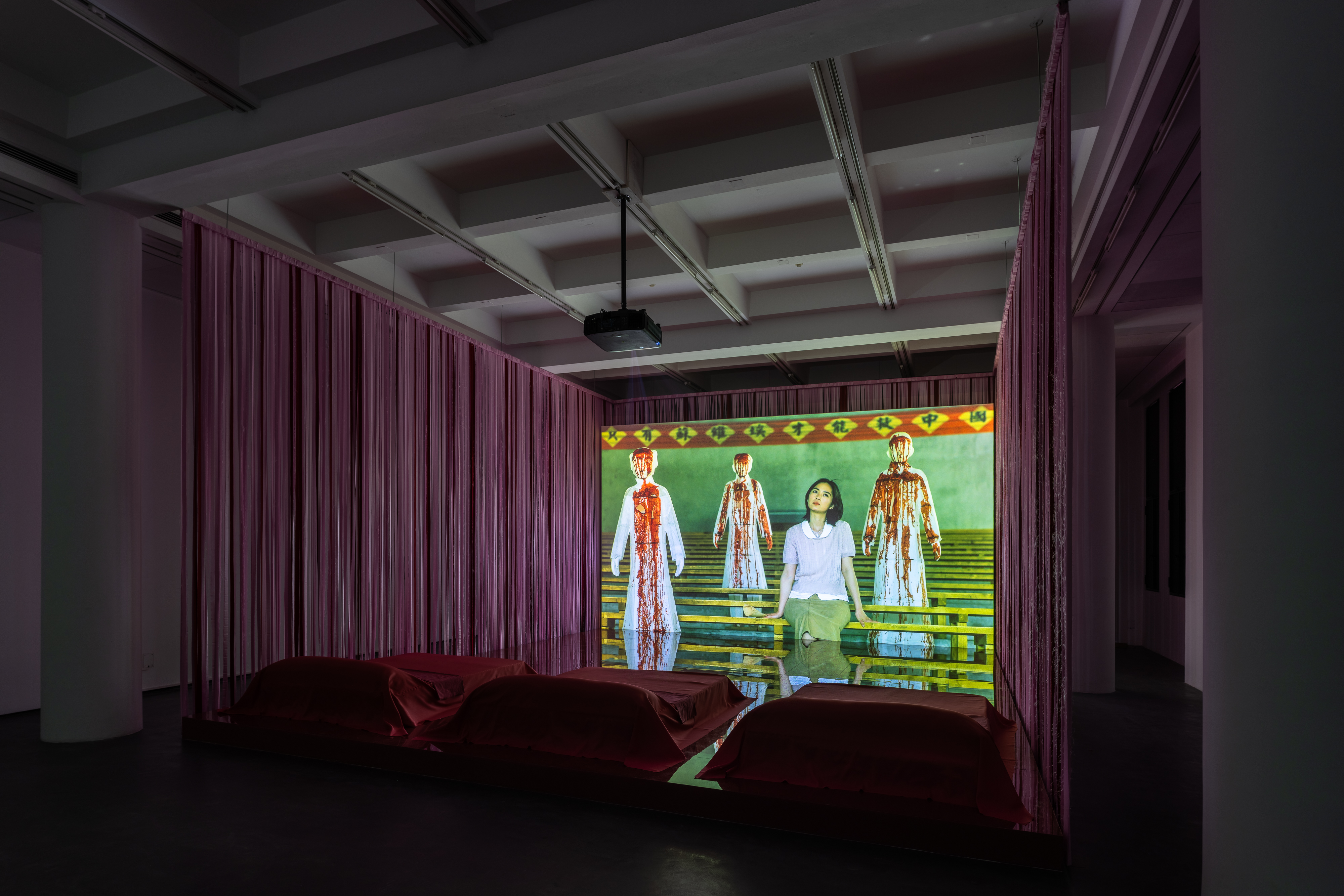Shanghai
China
The Rockbund Art Museum in Shanghai has launched its 2025 Spring and Summer program in celebration of the museum’s 15th anniversary. Curated by X Zhu-Nowell as a fugue, the season presents three solo exhibitions that unfold like voices in counterpoint. Irena Haiduk, Cici Wu, and Ash Moniz each contribute to this polyphony with distinct vocabularies. Their practices explore issues such as hyperinflation, cultural erasure, and the opacity of global logistics. Yet they do not offer crisis as spectacle, but rather focus on when it breaks, leaks, or is refused.
Over the past few years, I have engaged in probing conversations with the artists Irena Haiduk, Cici Wu, and Ash Moniz about political ideologies and movements and solidarity formations. This dialogue has led us to ask: How do histories of collapse shape our present? What does disintegration make possible that stability does not? If the remnants of the past are always with us, how do we recognize what should be salvaged, what must be let go, and what new structures can emerge from the ruins? I believe that artists, more than anyone, have shown us how to grapple with stillness and decay. Haiduk’s sleek interrogations of economics and aesthetics, Wu’s poetic explorations of shifting reality, and Moniz’s ruptures in timeframes and supply chains each explore these questions. Unseen voids, silenced voices, hidden pauses, and indescribable historical traumas in their work become opportunities for reproduction, redefinition, and re-narration.
—X Zhu-Nowell , Executive Director and Chief Curator of the Rockbund Art Museum
Irena Haiduk: Nula
May 2, 2025–February 8, 2026
A hybrid project, Nula is both a solo exhibition by Irena Haiduk (b.1982, Belgrade) and her debut feature film, which the artist is filming within the exhibition, transforming two floors of the museum into an immersive film set. Largely based on the auto-fictional novel of the same title, which the New York-based artist has co-written with Blakey Bessire, Nula is staged within the elaborately constructed sculptural sets of the RAM exhibition. At the core of this project is a commitment to rethinking the role of the museum not as a passive site of display, but as a camera — a chamber for the accumulation, projection, and transmission of images, gestures, and desires.
Set in 1990s Yugoslavia, where the artist grew up, Nula captures a society unraveling, as devastating civil war and international sanctions ignite a catastrophic free fall of value. During the hyper-inflationary period of 1993–1995, the Yugoslav currency soared to an unfathomable 313 billion percent inflation rate, rendering money virtually meaningless and surreal. Drawing from Haiduk’s own life, the film reimagines her family and friends as auto-fictional characters. The narrative follows three women—a National Bank illustrator, Anu; a statistician, Magi; and a teenager, Nula—as they transform into a forger, a prostitute, and bait.
Embedded within this project is the Nula Economy, which operates according to a system of negotiated exchange. Admission into the exhibition is not purchased with conventional money. Instead, visitors are asked for something less quantifiable and more difficult to counterfeit: their time and willingness to act. At a time when ideas of value are shifting, Nula asks how we might desire differently, and whether a museum can offer space for that question.
Irena Haiduk: Nula is organized by X Zhu-Nowell, Executive Director and Chief Curator, with the support of Sam Shiyi Qian, Curator and Pan Zhen, Curatorial and Editorial Assistant.
Cici Wu: Lanterns from the Unreturned
May 2–September 28, 2025
Cici Wu: Lanterns from the Unreturned marks the artist’s first institutional solo exhibition, bringing together key works from the past decade and centering on a new large-scale, site-specific commission of the same name. Born in Beijing, raised in Hong Kong, and currently based in New York, Wu’s experimental practice is grounded in a deep and evolving engagement with cinema and drawing. Her work departs from conventional narrative structures and reconsiders the cinematic apparatus through its most elemental oppositions: light and shadow, reflection and refraction, opacity and trace. Spanning the museum’s third floor and the East Staircase, these concerns unfold across hybrid forms that move between film, drawing, architecture, scanned ephemera, and shadow. Among them, handmade paper lanterns recur throughout the exhibition, serving as fragile, luminous vessels for reflecting on memory, erasure, and return.
Central to the exhibition is Lanterns from the Unreturned (2025), a newly commissioned site-specific installation occupying the museum’s East Staircase. The museum’s building was repurposed during Cultural Revolution to store confiscated books. Wu reanimates this forgotten history through installations of lanterns shaped like bundles of books. These sculptures line the staircase’s windows and interior, echoing the bundled books that once filled the space. The installation imagines a spectral return, volumes drifting back into the building as flickering presences, alive with the possibility of being read once more.
At a time when history and culture are being contested, erased, and rewritten across the world, Cici Wu: Lanterns from the Unreturned creates a space for remembering without resolution, following the traces that remain and offering a quiet reminder that we do not need to forget.
Cici Wu: Lanterns from the Unreturned is organized by X Zhu-Nowell, Executive Director and Chief Curator and Karen Wang, Assistant Curator and Researcher.
Ash Moniz: A Crack in the Shape of Light Getting In
May 2–September 28, 2025
A Crack in the Shape of Light Getting In marks Ash Moniz’s first survey exhibition in Asia. Moniz is a transdisciplinary artist working across video, sculpture, performance, and installation. Currently based between New York and Cairo, they have spent most of their life in the SWANA region, as well as in China and Canada. Over the past ten years, Moniz has developed a research-based practice interrogating the violence embedded in supply-chain logistics. This work has centered on how the same visualizations or disruptions that are used by systems of power to control and manage labor can also be reclaimed by workers as tools for resistance, leverage, and solidarity. This tension—between regulation and resistance, between the systems that track lost time and the workers who reclaim it—marks the crack where something else can begin. Engaging the politics of absence, Moniz’s work shows how what is missing or unspeakable can give shape to new forms of resistance and connection.
Presented across three floors of the museum, the exhibition traces how logistical systems govern not only the circulation of goods, but also the movement of bodies, speech, and time. The fourth floor presents a selection of video installations that examine how structures of authority take shape through surveillance, loss prevention strategies, and labor management. The fifth floor turns to the politics of silence, staging a “conference of the speechless” where the refusal to speak becomes a strategy of defiance. At its center is [inaudible] (2025), a newly commissioned video installation that engages the intersection of vocality, testimony, and visibility through the experiences of Osprey V, a rock band from Gaza that navigates the boundaries of speech under conditions of extreme violence. The sixth floor turns toward solidarity as a spatial and political force. The atrium windows of the library become a cartographic installation that maps alliances between global ports, not by geographic proximity but by shared conditions of labor, extraction, and circulation.
Ash Moniz: A Crack in the Shape of Light Getting In is organized by X Zhu-Nowell, Executive Director and Chief Curator, with the support of Karen Wang, Assistant Curator and Researcher.
International press: Sarah Greenberg, Evergreen Arts, sgreenberg@evergreen-arts.com
Chinese press: Natalie Niu, natalie.niu@rockbundartmuseum.org
